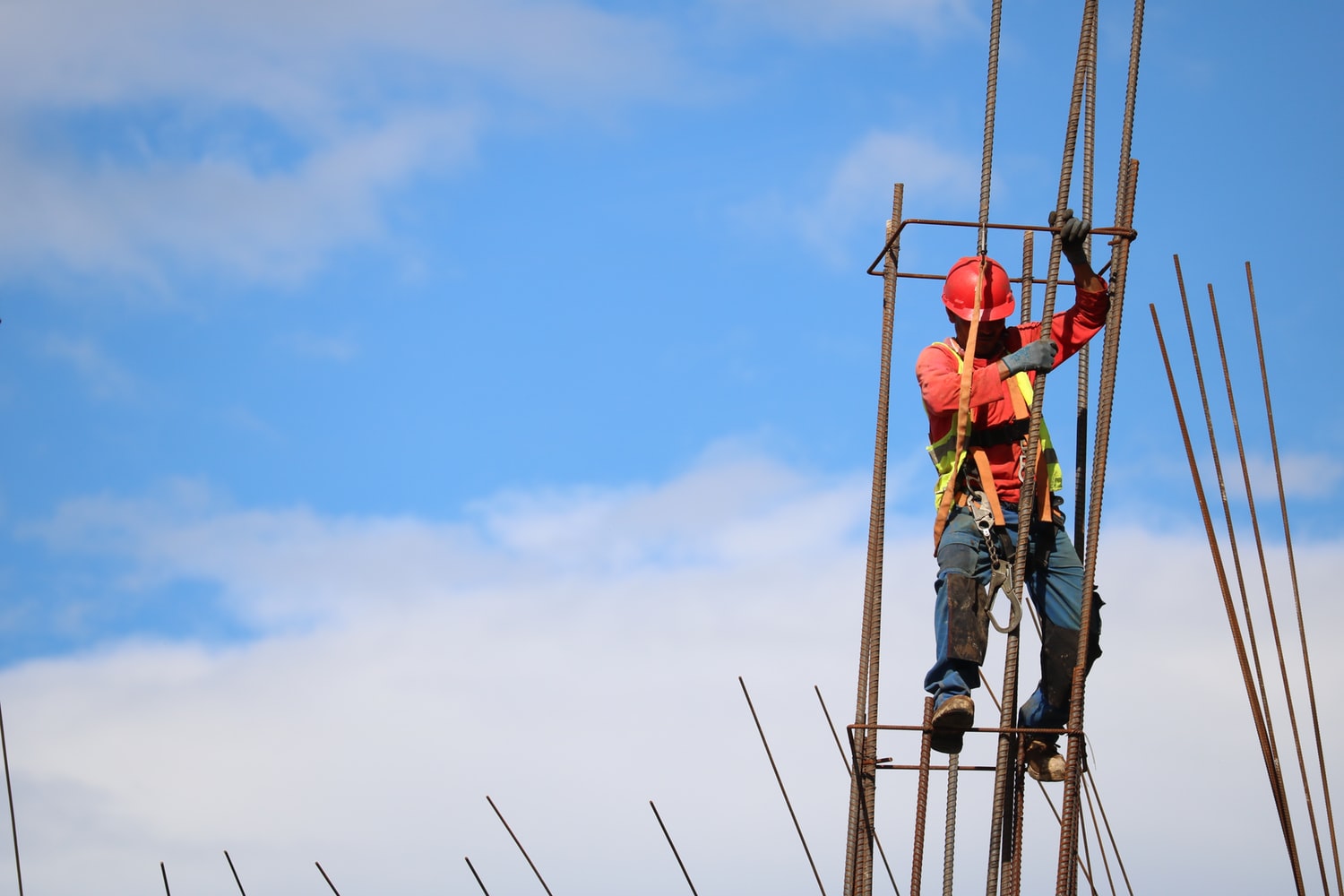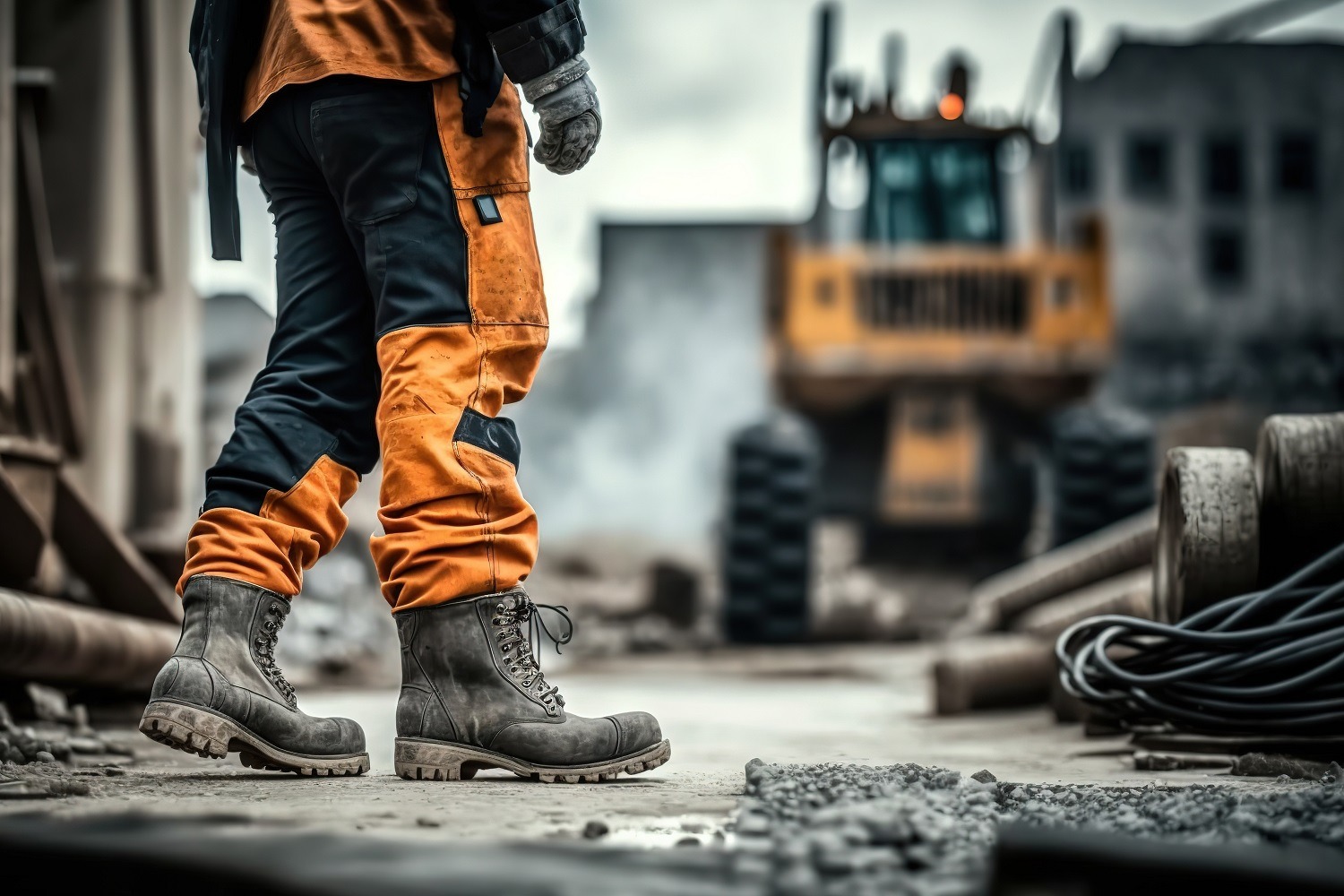
A lone worker, by definition, is a person who works by themselves without another person onsite with them. Someone working alone in a gas station, a forestry worker, a health care professional, or a postal worker are all examples of lone workers. There is a range of jobs involving working alone, but what is most important among each is always ensuring the safety of the worker.
Why lone worker monitoring is important
Any job, whether in a public workplace or private, will always have its share of risks and possible hazards. The risk is increased when there is no one nearby to help in the case of an accident or emergency. When working alone, the biggest danger comes from the fact that they are alone. You don’t have to have a high-risk job. If you work alone, you need to make sure there is someone you can check-in with.
The risk lies in the unexpected. Things such as medical emergencies or crimes can happen without notice or expectation. If you or your workers are alone when something like this happens, what then? By providing lone worker monitoring, it guarantees that your workers are never truly alone. There is always someone to check up on them and make sure that everything is okay.
Province to Province work alone monitoring regulations
Across Canada, there are seven provinces and two territories with regulations that standardize working alone. Even if your province doesn’t require it by law, or provide standards for lone workers, you should provide lone worker monitoring for your employees.
These procedures are there specifically to ensure that anyone working alone is always kept safe.
Alberta
- There must always be an effective way of regularly checking-in with lone workers, such as through radio, landline or cellphone. These check-ins must be company policy.
- If, for any reason, electronic check-ins are not possible, then a person must be regularly scheduled instead.
- For more information, visit Occupational Health and Safety Code.
British Colombia
- Any potential safety hazards must be removed or minimized before a worker can work alone.
- Regular check-ins with the worker must be done throughout and at the end of a shift. The higher the risk of the job, the more frequent scheduled check-ins must be. These check-ins must be company policy.
- Situations involving late-night retail must have added safety precautions put into place. For example, if handling money, the lone worker must have a safe, separate room from the public where they can work.
- For more information, visit Work Safe BC.
Manitoba
- Any potential safety hazards must be removed or minimized before a worker can work alone.
- Regular check-ins must be done throughout any work alone shift, either through radio, telephone or cellphone. These check-ins must be company policy.
- Anyone working alone must be trained in safety procedures related to the job, to help reduce the risk of harm.
- For more information, visit the Government of Manitoba.
New Brunswick
- Any lone worker must follow the “Code of Practice for Working Alone Regulation” to reduce the risk of harm and ensure their safety.
- This code includes the details of where the worker is, a list of contacts, any possible risks and how to contact emergency assistance.
- Both workers and their supervisors must complete a training program under the code of practice.
- For more information, visit the New Brunswick Occupational Health and Safety Act.
Newfoundland/Labrador
- Any potential safety hazards must be removed or minimized before a worker can work alone.
- Set check-ins must be established before working alone, as well as what to do in the event the worker cannot be reached, such as an emergency response procedure. These check-ins must be company policy.
- For more information, visit the Government of Newfoundland and Labrador.
Prince Edward Island
- A detailed list including the worker’s location, phone number of the workplace, type of work and any potential risks must be written down and accessible.
- Any potential safety hazards must be removed or minimized before a worker can work alone. In the event of an injury, there must be details for how the worker can get help.
- Set check-ins must be established before working alone, as well as what to do in the event the worker cannot be reached, such as an emergency response procedure. These check-ins must be company policy.
- For more information, visit the Workers Compensation Board of PEI.
Saskatchewan
- There must always be an effective way of regularly checking-in with lone workers, such as through radio, landline or cellphone. These check-ins must be company policy.
- Any potential safety hazards must be removed or minimized before a worker can work alone.
- If the work involves travel, then emergency supplies must be provided in case of any extreme weather conditions.
- For more information, visit Work Safe Saskatchewan.
Northwest Territories and Nunavut
- Any potential safety hazards must be removed or minimized before a worker can work alone.
- There must always be an effective way of regularly checking-in with lone workers, such as through radio, landline or cellphone. These check-ins must be company policy.
- In Nunavut, in the event a worker is injured and cannot get help, a check-in system must be in place to provide help.
- For more information, visit the Government of Northwest Territories.
Lone worker monitoring solutions
CommAlert’s lone worker monitoring service is provided specifically to help keep your workers safe. Each plan is completely customizable so that your organization and worker’s exact needs are always met. 24/7 live operators will check in with your workers at the beginning and end of a shift, and periodically throughout according to your company policy. That way, we guarantee that your workers are continually safe during any job.
If a worker can’t be reached or doesn’t check-in, CommAlert will initiate our emergency call-out procedure. We’ll move through a list of set contacts until we can reach someone who can send help. If necessary, we’ll also contact first responders to help.
Are you or your workers safe while working alone?
Contact us now to customize your own lone worker monitoring service today.




